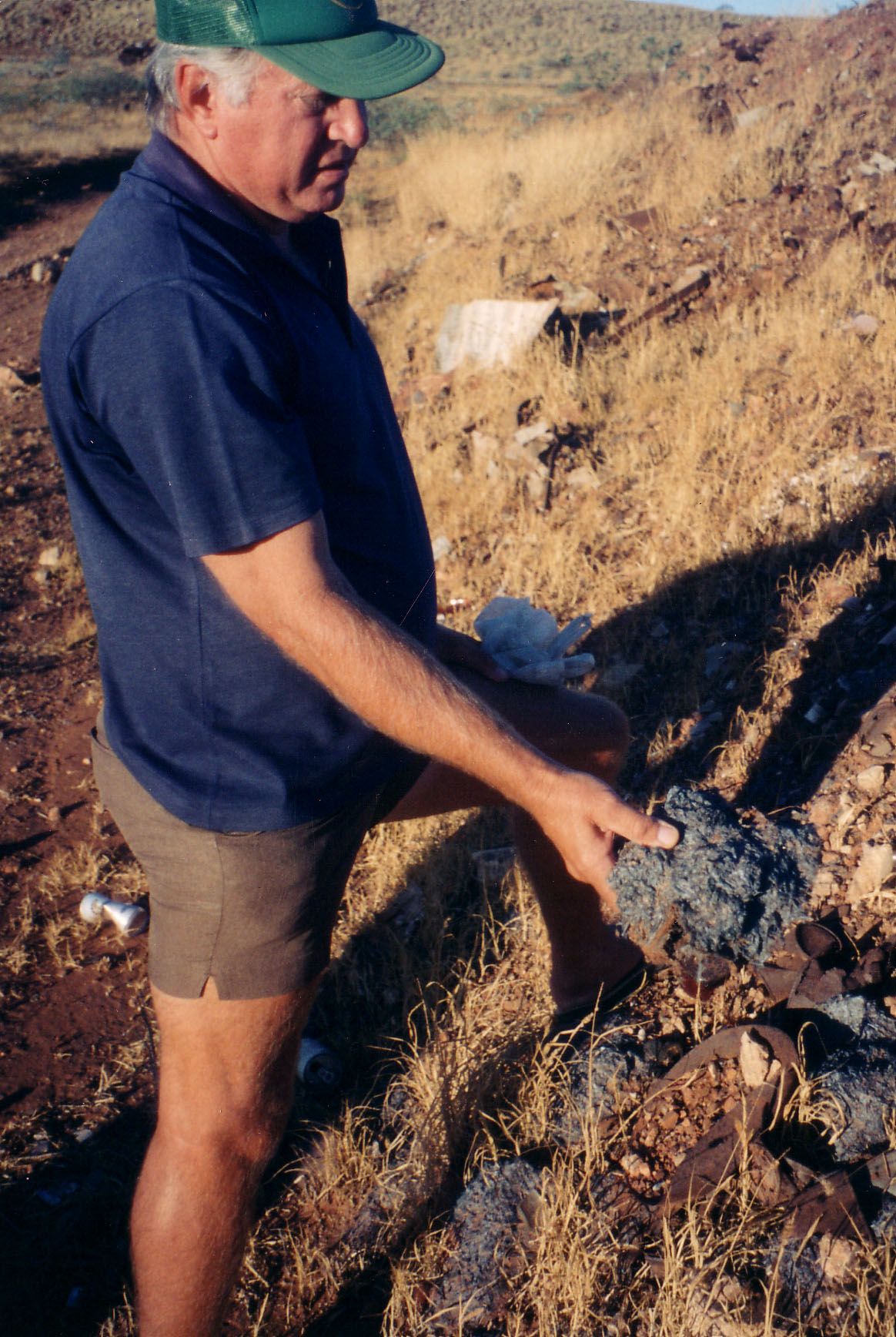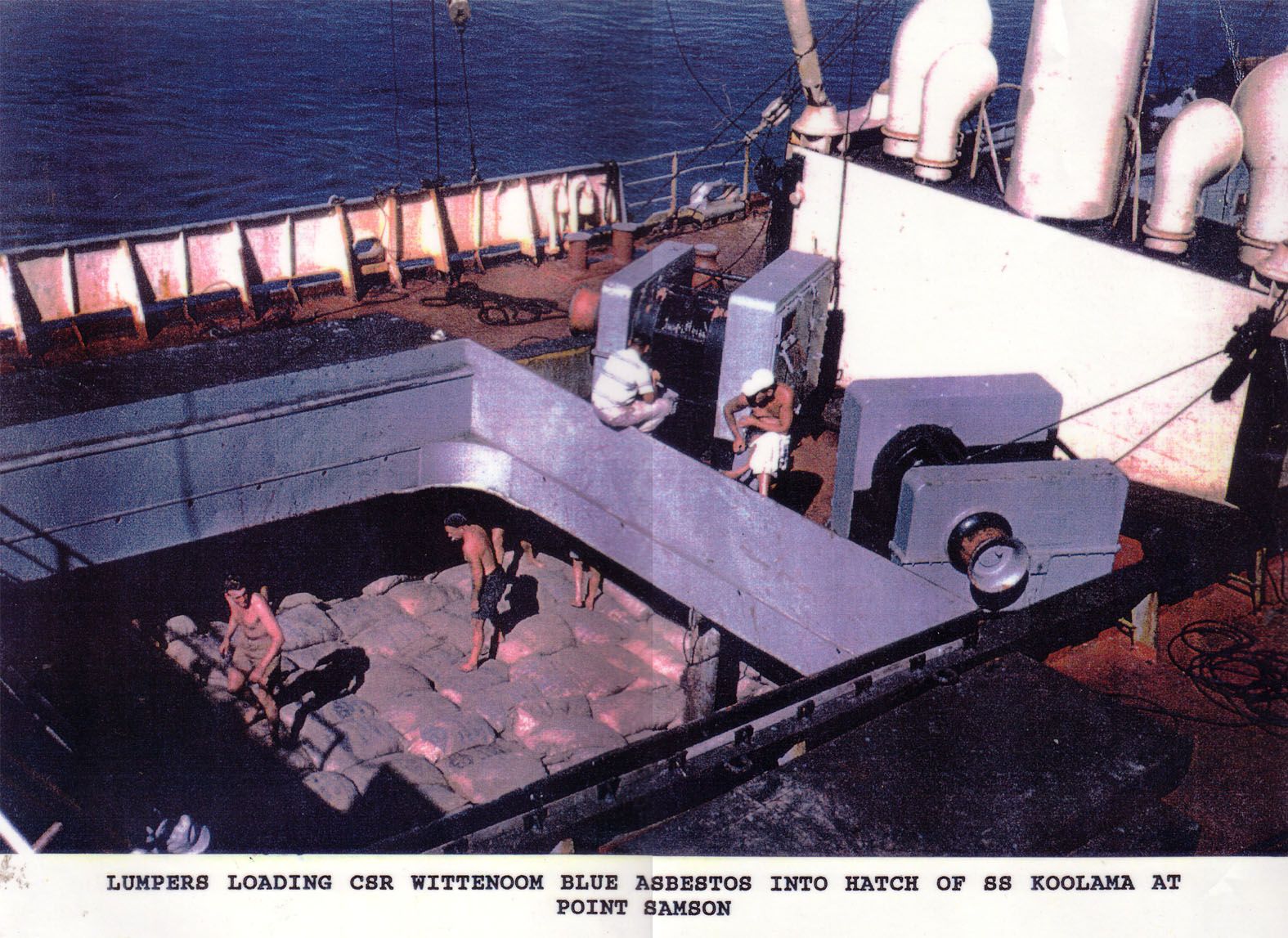Asbestos is a Public Health Concern
Asbestos remains a pressing concern in today’s society due to its widespread historical use in construction and industrial applications.
Despite its ban in Australia in 2003, asbestos-containing materials still exist in countless buildings, homes, and infrastructure across Western Australia and the entire country. The legacy of past asbestos use continues to pose significant health risks, as exposure to asbestos fibres can lead to debilitating diseases such as mesothelioma, lung cancer, and asbestosis, often with long latency periods before symptoms emerge.
Additionally, ongoing renovations, demolitions, and natural disasters can disturb asbestos-containing materials, releasing harmful fibres into the air and endangering public health. As such, raising awareness, implementing strict regulations, and ensuring proper handling and removal of asbestos are paramount to safeguarding the health and well-being of individuals and communities across Australia.
Naturally Occurring Asbestos in Western Australia
-
Geological Presence: Naturally occurring asbestos can be found in specific geological formations across Western Australia, particularly in regions such as the Pilbara and Kimberley.
-
Potential Health Risks: Disturbing these formations can release asbestos fibers into the air, posing health risks to nearby communities.
-
Awareness and Precautions: Not all areas in Western Australia contain naturally occurring asbestos, but it’s crucial to be aware of its presence and take precautions, especially during activities like construction, mining, or land development.
-
Safety Guidelines: Following safety guidelines and proper handling procedures is essential to minimize the risk of exposure to naturally occurring asbestos and protect the health of individuals and communities.

Asbestos in Australia
Asbestos has a significant history in Australia, with its use dating back to the late 19th century. It became widely used in various industries and construction due to its affordability, durability, and heat-resistant properties. However, by the mid-20th century, the health risks associated with asbestos exposure became increasingly evident. Despite bans on asbestos use in the 1980s and 2003, Australia continues to grapple with the legacy of past asbestos use, including the presence of asbestos-containing materials in buildings and infrastructure. This ongoing issue underscores the importance of stringent regulations and awareness campaigns to mitigate the health risks posed by asbestos exposure.
Quick facts
Every year, over 4100 deaths occur due to asbestos-related diseases in Australia, a staggering toll that surpasses the national road toll threefold and is four times the number of Australians lost to COVID-19 in its first year.
Australia bears a significant asbestos burden, totaling 10 million tonnes. This includes:
-
6.2 million tonnes of deteriorating asbestos materials still present in our built environment, which amounts to approximately one in every three homes.
-
3.5 million tonnes of naturally occurring asbestos (NOA) located in Wittenoom, Western Australia, remnants of CSR’s mine and mill operations that ceased in 1966.

Unsafe work practices
Unsafe work practices involving asbestos, such as improper handling, removal, and disposal, pose significant health risks to workers and the public due to the release of airborne asbestos fibres. Implementing strict safety protocols and ensuring proper training are essential to prevent exposure and protect against the potentially devastating consequences of asbestos-related diseases.
Wittenoom
The asbestos industry at Wittenoom, Western Australia, emerged in the early 20th century when extensive deposits of asbestos were discovered in the region. The town of Wittenoom quickly grew around the asbestos mine, becoming one of the largest asbestos mining and milling operations in the world. Throughout the mid-20th century, the Wittenoom mine supplied asbestos to various industries, including construction, shipbuilding, and manufacturing.
However, by the late 1960s, evidence of the severe health risks associated with asbestos exposure began to emerge, leading to increased scrutiny of working conditions at Wittenoom. Despite efforts to improve safety measures, concerns persisted, and the mine eventually closed in 1966. Today, Wittenoom stands as a haunting reminder of the devastating human cost of asbestos mining, with widespread asbestos-related illnesses among former workers and residents.
